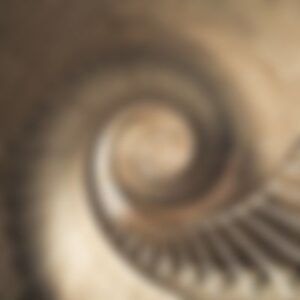CDN Image Optimizer – Edit images via the URL
With the CDN Image Optimizer, it is quite easy to edit images before they are presented. The output of the image can be adjusted via de URL parameters. See the customization options below.
- Adjust image width
Create thumbnail
Crop image
Adjust image quality
Add Blur
Preserve original image size
URL signing
1.
Afbeeldingsbreedte aanpassen
To crop an image to a width of, for example, 400 pixels, use:
https://www.yourdomainname/content/images/some/42025/1624397443.7077-12_5.jpg?w=400
—-
The width of the image is now fixed and the height is variable. As an example, see the image below: Back to the top of the page.
Back to the beginning of the page.
2.
Create thumbnail
To load a square image, use:
https://www.yourdomainname/content/images/some/42025/1624397443.7077-12_5.jpg?w=400&h=400
—-
The image is now made to fit. Any sides are filled with white space just like in the image below:
Back to the beginning of the page.
3.
Crop image
To load a square crop from an image, send a crop parameter as in the example below:
https://www.yourdomainname/content/images/some/42025/1624397443.7077-12_5.jpg?w=400&h=400&c=1
—-
Now the largest possible crop is removed from the image. As little as possible is cut off to square the image, just like the example below.
Back to the beginning of the page.
4.
Adjust image quality
To adjust the quality of the image and the size in bytes, you can use the Q parameter as in the example below:
https://www.yourdomainname/content/images/some/42025/1624397443.7077-12_5.jpg?w=400&q=10
—-
The image quality has now been reduced to 10% as with the image below:
Back to the beginning of the page.
5.
Add blur
To add blur to the image you can use the B as in the example below:
https://www.yourdomainname/content/images/some/42025/1624397443.7077-12_5.jpg?w=400&b=1
—-
The image now has blur just like the image below. For this, it is best to keep a value of 0 to 3.
Back to the beginning of the page.
6.
Preserve original image size
To keep the original size, use the S as in the example below:
https://www.yourdomainname/content/images/some/42025/1624397443.7077-12_5.jpg?w=400&s=1
—-
The image has now retained its original size as below:
7.
URL signing
It is possible to optimize and use external images within your website(s). For this purpose, so-called URL signing must be used, which is linked to your Image Optimizer Platform by means of a unique key. This unique key will be used to create a signature that is specific to one image (URL).
Step 1
You will receive the unique key from us and look something like this: f61739f5a93ddab5da5104cf3bf3367815ab1db7654a8c47e521a5beef7fc
Step 2
In this example, we’re going to optimize https://externdomein.com/images/logo.png. You do this by creating a Sha256hash from the URL of the image, combined with a . (period) and finally the signature with your unique key.
In bash:
echo -n https://externdomein.com/images/logo.png.f61739f5a93ddab5da5104cf3bf3367815ab1db7654a8c47e521a5beef7fc | shasum -a 256
Step 3
Use the resulting key in URL to load the image:
https://yourcdndomain.com/mijnproxy/s/#sleutel#/https://externdomein.com/images/logo.png
You can supplement this URL with the optimization parameters as described in this document.
Back to the beginning of the page.






